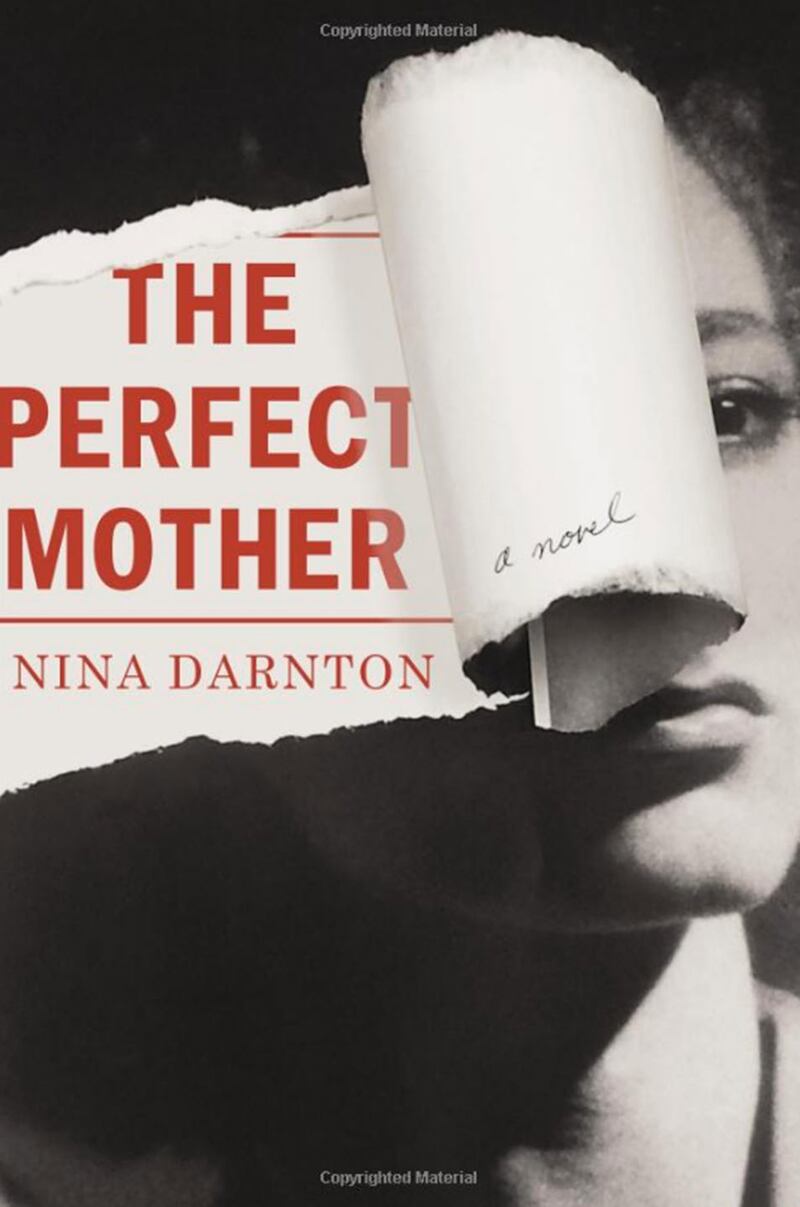The case of Amanda Knox has captivated readers on both sides of the Atlantic for seven years. And why not? It has all the elements necessary for drama, controversy, and suspense. A beautiful, fresh-faced 20-year-old college junior from Seattle goes to Perugia, Italy for her junior year abroad and rooms with a brilliant British student named Meredith Kercher. Meredith is brutally murdered and Amanda Knox, her Italian boyfriend, Raffaele Sollecito, and an acquaintance named Rudy Guede are accused and convicted of the crime. According to the original prosecutors, and an abundance of physical evidence, Guede struck at least one of the fatal blows. He was sentenced to 30 years in prison but his sentence was reduced on appeal to 16 years.
Amanda and Raffaele’s case was less clear-cut as neither convincing motives nor much physical evidence was apparent. After spending four years in prison, both were exonerated by an appeals court in 2011. Amanda came home to largely welcoming American arms, her case held up as an example of hostility to Americans abroad. She made the talk show circuit and wrote a book that garnered her a reported $4,000,000 advance.
But it didn’t end there. Across “the pond,” where Meredith Kercher’s family mourns her, it was a different story. While many American tabloids presented Amanda as a vilified victim of the chaotic Italian justice system, the British tabloids mostly portrayed her as a cold-blooded murderer. Earlier this year, a Florence appeals court voided the acquittal and accused the pair of an even more severe crime than the original charge. They now claim that Amanda actually wielded the knife and struck the deadly blow, increasing her sentence to 28-and-a-half years. A new appeal has been scheduled before Italy’s highest Court of Cessation for March 25th. Amanda, who is now a freelance journalist covering human interest and theater stories for a Seattle newspaper, has said she won’t appear, though Italy may well request extradition.
You can’t make this stuff up. So why did I try just that in writing my novel The Perfect Mother? And why now? The Amanda Knox story has already spawned countless newspaper and magazine articles, at least four books, a television movie, a new feature film, and thousands of Twitter posts featuring passionate opinions hotly proclaiming her guilt or fervently defending her innocence. So why did I think anyone would want to read yet another book, this time a fictional account of the same story?
The answer is pretty easy. First of all, although it was inspired by the Amanda Knox case, mine is a completely different story. The journalists were, quite correctly, writing about the principals in the case: Amanda, Meredith, Raffaele, Rudy Guede. But the larger questions that touch on emotional relationships, truth or lies, appearance and reality, love and trust, mothers and daughters are better cast as fiction. So after that initial inspiration, my imagination created the rest. The locale was not Perugia, but Seville, in Spain, a country I have lived in and love. The victim was a man said to have attempted to rape Emma (my rendering of Knox), whom she claimed was killed by a Good Samaritan after he tried to intervene. The mother believed she knew her daughter intimately—they were confidantes, or so she thought. Like many mothers, she had been proud of her daughter’s accomplishments, which she secretly believed reflected very well on her.

I wanted to ask the question I think every mother who is fascinated by the ins and outs of the real case wants answered. It’s a question that haunted me from the moment I first heard about Amanda Knox, because I, too, am a mother who adores her children. What would it feel like if it happened to ME? Because this critical tragedy didn’t only happen to the principals at the crime scene. It also happened to those who loved them, especially their parents. This goes a long way toward explaining our unending interest in this case. Given the increasingly frequent tragic suicides and school murders, often from people we had no reason to suspect, the question of how to recognize the danger signs becomes more and more urgent. We need to know how this seemingly clean-cut American girl who made Dean’s List and played on her school’s soccer team got caught up in something as ugly as this. In my novel, I wanted to probe further into the complexity of the parent/child relationship, to ask: How well do we know what our children are doing or are capable of? How much are we responsible for their actions? How much can we suspend belief to keep convinced of their innocence?
Ultimately, the Italian courts and Italian-American extradition agreements may decide the fate of Amanda Knox. But the larger questions the scandal has provoked? We may be asking those forever.






